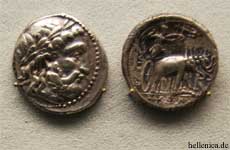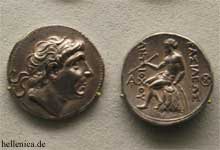|
|
] Seleucia was burned down by Trajan in 117 AD, relinquished by Hadrian the following year, then rebuilt in the Parthian style. It was finally destroyed by the Roman Empire in 164 AD. Ardashir I of Persia rebuilt the city, renaming it Veh-Ardashir. It is now under a suburb about 18 miles south of modern Baghdad. Archaeology Beginning in 1927, University of Michigan professors Leroy Waterman (1927-1932) and Clark Hopkins (1936-1937) oversaw excavations for the Kelsey Museum of Archaeology on behalf of the American School of Oriental Research of Baghdad with funds supplied by the Toledo Museum of Art and the Cleveland Museum of Art. From 1964 till 1989 an Italian mission from the University of Turin excavated at the site. They found a Seleucid archive building with about 15 000 seal impressions, all in a fully Greek style. In an outer wall of the Parthian period, a reused brick dated by stamp to 821 BC, during the Neo-Babylonian period. It appears to have incorporated both Greek and Mesopotamian architecture for the public buildings. Finds have indicated an extensive non-Greek population. References Richard Talbert, Barrington Atlas of the Greek and Roman World, (ISBN 069103169X), p. 91. Links Retrieved from "http://en.wikipedia.org "
 |
|
|||||||||||||||||

